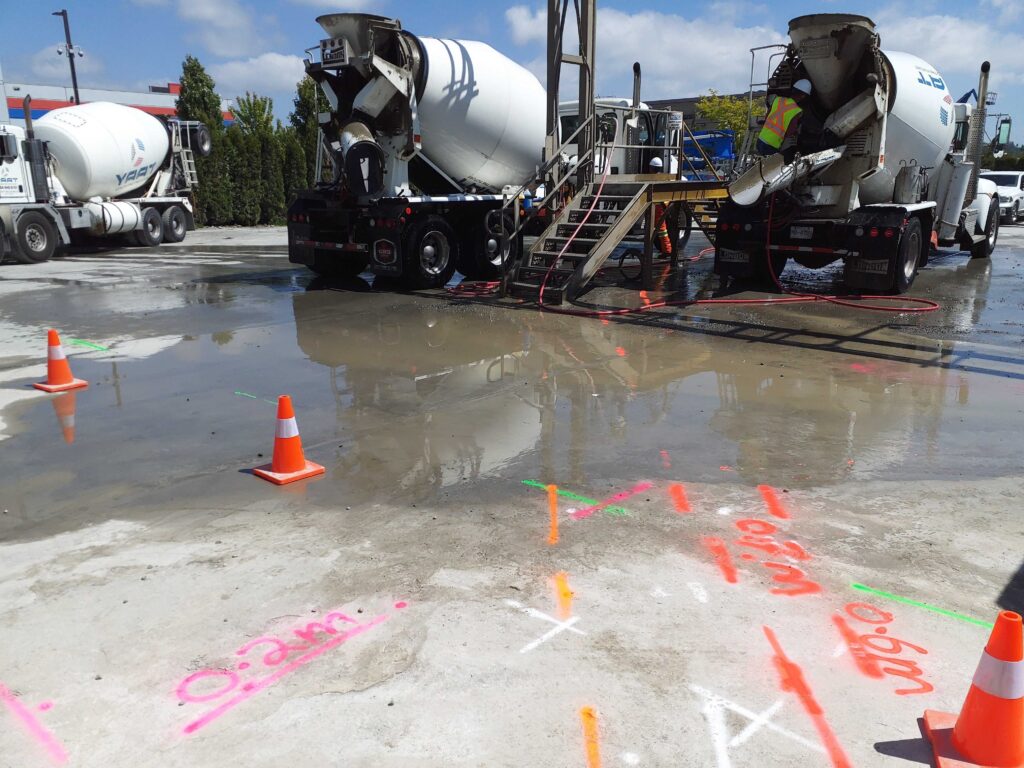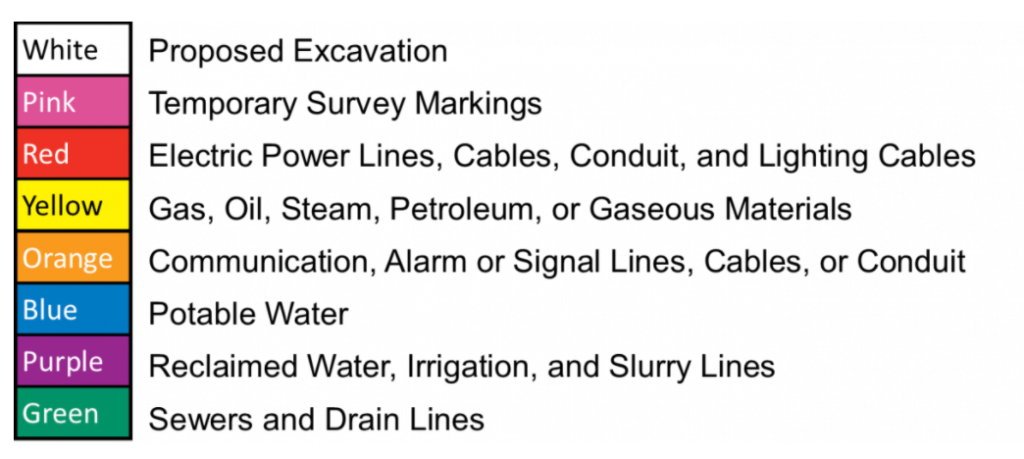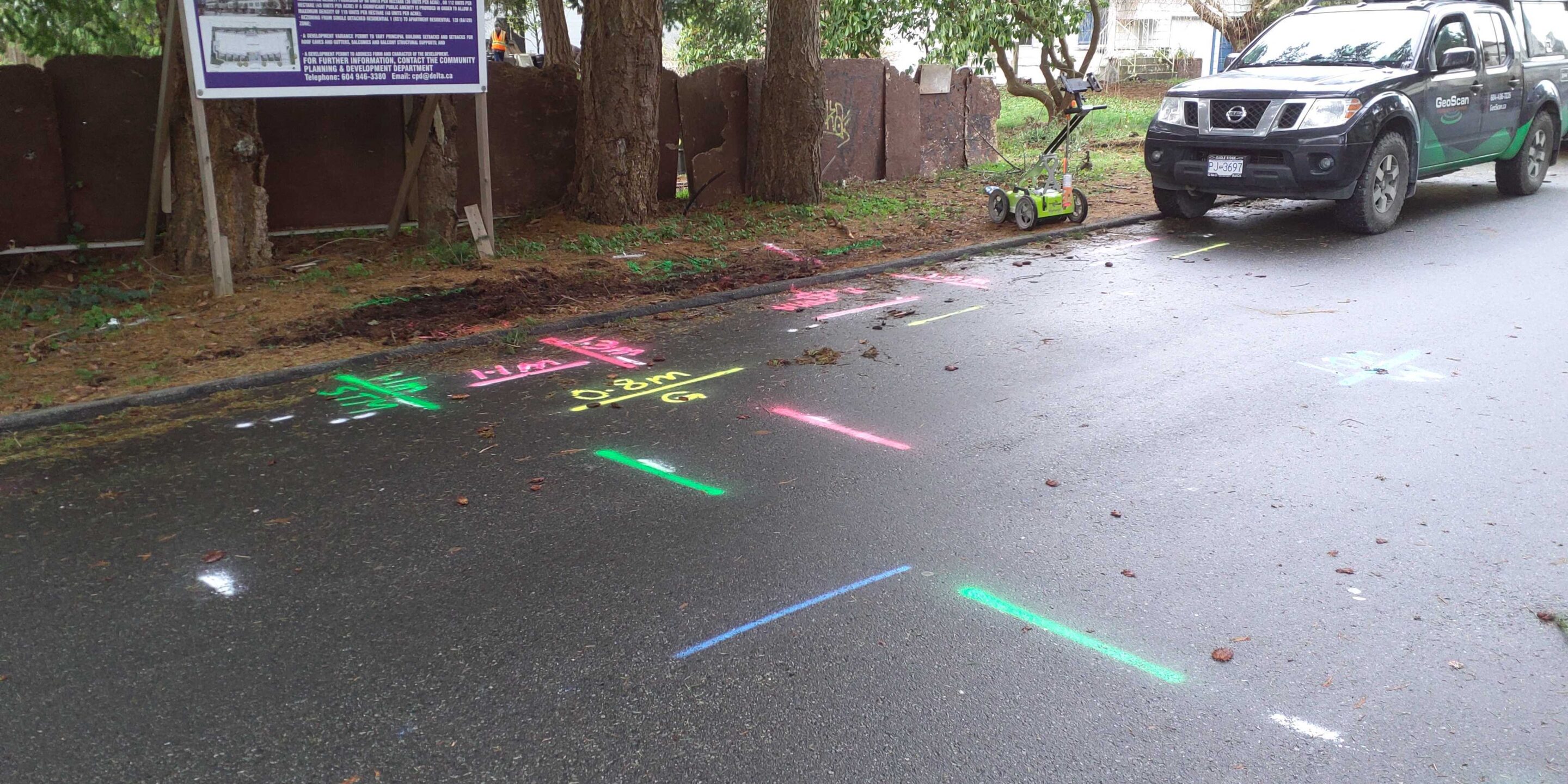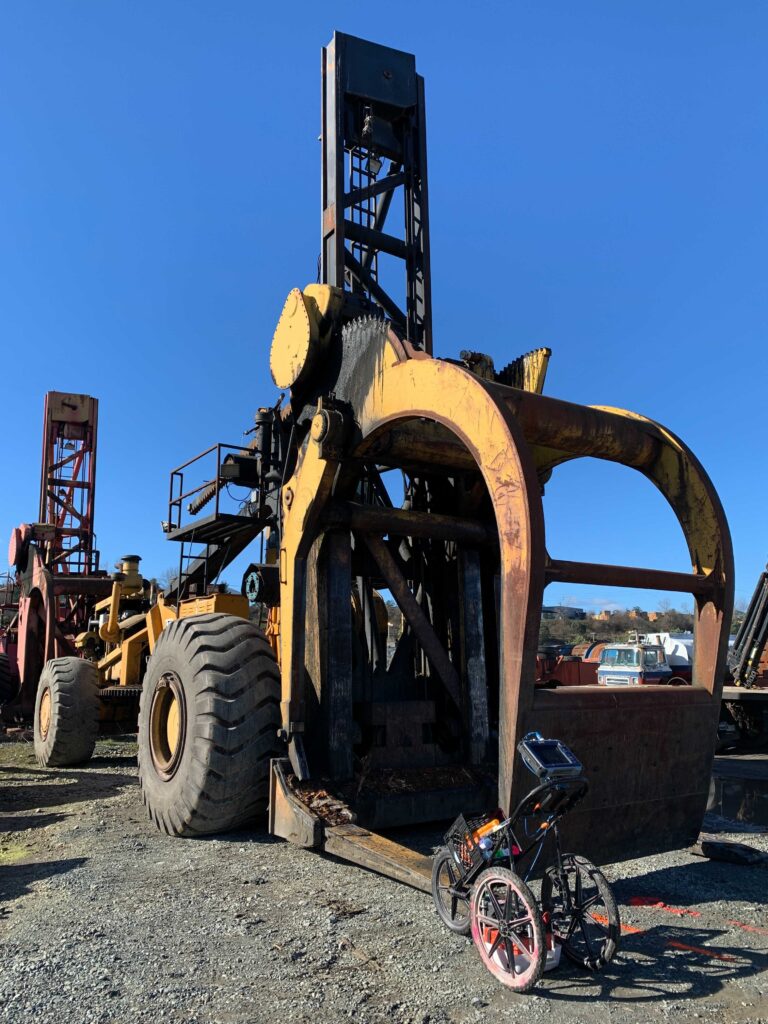Across North America April is recognized as Dig Safe Month.
As spring starts and the weather gets warmer, contractors and homeowners alike start thinking about those summer projects. As the planning for those projects is ramping up, April is a great time to consider how you will incorporate safe digging into the job. There are three main steps to take to dig safely:
- Call or Click Before You Dig
- Wait For The Locates
- Respect The Marks
Call or Click Before You Dig
Always call for locates before starting any digging project, no matter how big or small. As a minimum this should include making a request to your local One Call Centre, such as BC One Call or Ontario One Call. However, despite the name, One Call doesn’t always include all the utilities in the ground. In BC for example it’s not mandatory for utility owners to be registered with BC One Call. Moreover, there is always the possibility of private or abandoned utilities that do not show up on any records. That’s why it’s best to call a qualified locator such as GeoScan, who can mark all the underground utilities in the area.
Wait For The Locates
Always wait for all the locates. If you are dealing with the One Call system this might mean waiting for multiple representatives from all the different utility companies to visit the site. Never assume because one utility company has marked out their lines that the others have come and gone and don’t have anything in the ground. Utility companies that were notified by the one call system should always provide a response, even if the area you are digging is clear.

Respect The Marks
Now for the most important step, respect the marks. There are a few aspects to this step. First, make sure that you understand the locates on site. Understand uniform colour code for utility marking. Locators may also write additional details with their paint on the ground, or on marking stakes. These marks may identify the depth, size and type of pipe, or the utility owner. The locate should also include a report which may include a sketch of the area, photos, and additional relevant information. This report will highlight the limitations of the locate and outline potential next steps. It’s important to read these reports because you may be required to notify some utility companies before you start work. They could have particularly dangerous or important lines in the area. At GeoScan we include a comprehensive report with an explanation of what we marked.

If you are crossing or working close to any of the marked utilities it is always best to first confirm the marks by either hand digging or using a hydrovac. This is because the locate marks might vary slightly from the true location of the line due to interference in the area. Possible interference can come from other utility lines, or in areas where lines join or turn. Sometimes large utilities, such as a water main or communications structure, may be marked with a single paint line. Some lines can also have additional features such as fittings, anodes or repeaters which are attached to the line, but may not be included on the locate.
Lastly, continue to follow best practices for working around underground lines. This means ensuring lines are property supported and maintaining minimum distances while digging with mechanical equipment. The best way to do this is by following the utility owner’s guidelines and referencing the CCGA Best Practices.
GeoScan is a proud supporter and champion of Dig Safe Month. If you require utility line locating services or subsurface utility engineering please give us a call at (604).436.7226 or leave us an enquiry through our contact page.

